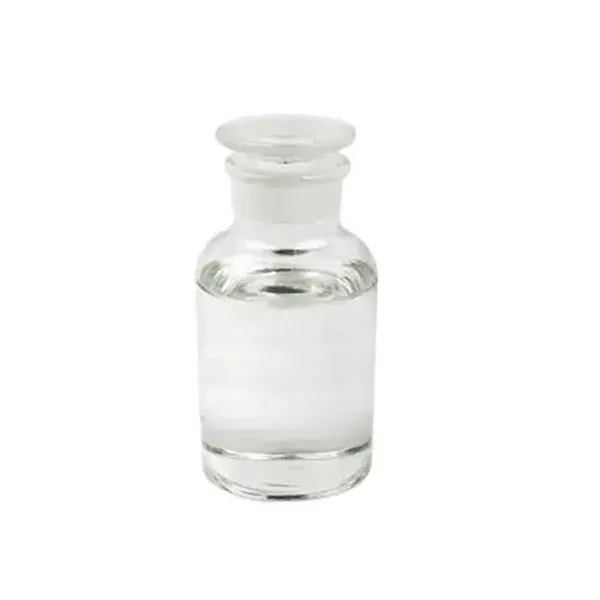Warning: Undefined array key "title" in /home/www/wwwroot/HTML/www.exportstart.com/wp-content/themes/1198/header.php on line 6
Warning: Undefined array key "file" in /home/www/wwwroot/HTML/www.exportstart.com/wp-content/themes/1198/header.php on line 7
Warning: Undefined array key "title" in /home/www/wwwroot/HTML/www.exportstart.com/wp-content/themes/1198/header.php on line 7
Warning: Undefined array key "title" in /home/www/wwwroot/HTML/www.exportstart.com/wp-content/themes/1198/header.php on line 7
- Afrikaans
- Albanian
- Amharic
- Arabic
- Armenian
- Azerbaijani
- Basque
- Belarusian
- Bengali
- Bosnian
- Bulgarian
- Catalan
- Cebuano
- China
- China (Taiwan)
- Corsican
- Croatian
- Czech
- Danish
- Dutch
- English
- Esperanto
- Estonian
- Finnish
- French
- Frisian
- Galician
- Georgian
- German
- Greek
- Gujarati
- Haitian Creole
- hausa
- hawaiian
- Hebrew
- Hindi
- Miao
- Hungarian
- Icelandic
- igbo
- Indonesian
- irish
- Italian
- Japanese
- Javanese
- Kannada
- kazakh
- Khmer
- Rwandese
- Korean
- Kurdish
- Kyrgyz
- Lao
- Latin
- Latvian
- Lithuanian
- Luxembourgish
- Macedonian
- Malgashi
- Malay
- Malayalam
- Maltese
- Maori
- Marathi
- Mongolian
- Myanmar
- Nepali
- Norwegian
- Norwegian
- Occitan
- Pashto
- Persian
- Polish
- Portuguese
- Punjabi
- Romanian
- Russian
- Samoan
- Scottish Gaelic
- Serbian
- Sesotho
- Shona
- Sindhi
- Sinhala
- Slovak
- Slovenian
- Somali
- Spanish
- Sundanese
- Swahili
- Swedish
- Tagalog
- Tajik
- Tamil
- Tatar
- Telugu
- Thai
- Turkish
- Turkmen
- Ukrainian
- Urdu
- Uighur
- Uzbek
- Vietnamese
- Welsh
- Bantu
- Yiddish
- Yoruba
- Zulu
Aug . 14, 2024 15:57 Back to list
Xanthan Gum Production Techniques Utilizing Xanthomonas Campestris for Improved Food Industry Applications
Xanthan Gum from Xanthomonas campestris An Overview
Xanthan gum is a polysaccharide secreted by the bacterium Xanthomonas campestris, which has garnered considerable attention in various industries due to its exceptional thickening and stabilizing properties. Discovered in the 1960s, xanthan gum has become a crucial ingredient in food, pharmaceuticals, cosmetics, and various industrial applications, heralding its versatility and usefulness.
The Production Process
The production of xanthan gum begins with the fermentation of Xanthomonas campestris in a nutrient-rich medium. This bacterium thrives in environments with carbohydrates, which are used as energy sources for growth and metabolism. During the fermentation process, the cells synthesize xanthan gum as an exopolysaccharide, which accumulates outside the bacterial cells.
After harvesting the bacterial biomass, xanthan gum is then extracted and purified through a series of processes, including precipitation using alcohol and filtration. The resulting product is a fine powder that is soluble in water, forming a viscous solution even at low concentrations. The unique structure of xanthan gum, which includes a cellulose-like backbone with side chains, contributes to its ability to create stable gels and its impressive thickening properties.
Applications in Food Industry
One of the most significant applications of xanthan gum lies in the food industry. It is widely used as a thickening agent, stabilizer, and emulsifier. Xanthan gum helps improve the texture and mouthfeel of various food products, including sauces, salad dressings, ice creams, and gluten-free baked goods. In gluten-free formulations, xanthan gum mimics the elasticity and viscosity that gluten provides in traditional baking, enhancing the quality of gluten-free products.
Moreover, xanthan gum plays a critical role in preventing ingredient separation, particularly in emulsions
. For instance, in salad dressings, it stabilizes the mixture of oil and vinegar, ensuring that the product maintains its consistency on the shelf and improves the overall eating experience.xanthan gum from xanthomonas campestris

Pharmaceutical and Cosmetic Uses
Beyond the culinary world, xanthan gum has found its place in the pharmaceutical and cosmetic industries. In pharmaceuticals, it is used as a binder and thickening agent in tablets and topical gels, enhancing the delivery of active ingredients. Its biocompatibility and non-toxic nature make it an excellent choice for drug formulations.
In cosmetics, xanthan gum is employed to improve the texture and stability of lotions, creams, and gels. Its ability to create a smooth, luxurious feel on the skin is one of the reasons why many skincare products include xanthan gum as a key component.
Environmental and Industrial Applications
Xanthan gum is also gaining attention for its applications in environmental sciences and industrial processes. In oil recovery, for instance, it is utilized in enhanced oil recovery techniques, where its viscosity helps to mobilize oil trapped in porous rock formations. Additionally, its ability to stabilize suspensions makes it ideal for use in drilling fluids in the oil and gas industry.
Furthermore, xanthan gum is being studied for its potential to aid in bioremediation, where it can assist in the cleanup of contaminated sites by enhancing the growth of microorganisms that degrade pollutants.
Conclusion
Xanthan gum, derived from the bacteria Xanthomonas campestris, exemplifies the intersection of microbiology and practical applications across various sectors. Its wide-ranging benefits—from improving food products to enhancing pharmaceuticals and contributing to industrial processes—underscore its importance in modern science and industry. As research continues, xanthan gum may find even more innovative uses, further solidifying its status as a vital ingredient in our daily lives.
Latest news
-
Certifications for Vegetarian and Xanthan Gum Vegetarian
NewsJun.17,2025
-
Sustainability Trends Reshaping the SLES N70 Market
NewsJun.17,2025
-
Propylene Glycol Use in Vaccines: Balancing Function and Perception
NewsJun.17,2025
-
Petroleum Jelly in Skincare: Balancing Benefits and Backlash
NewsJun.17,2025
-
Energy Price Volatility and Ripple Effect on Caprolactam Markets
NewsJun.17,2025
-
Spectroscopic Techniques for Adipic Acid Molecular Weight
NewsJun.17,2025

